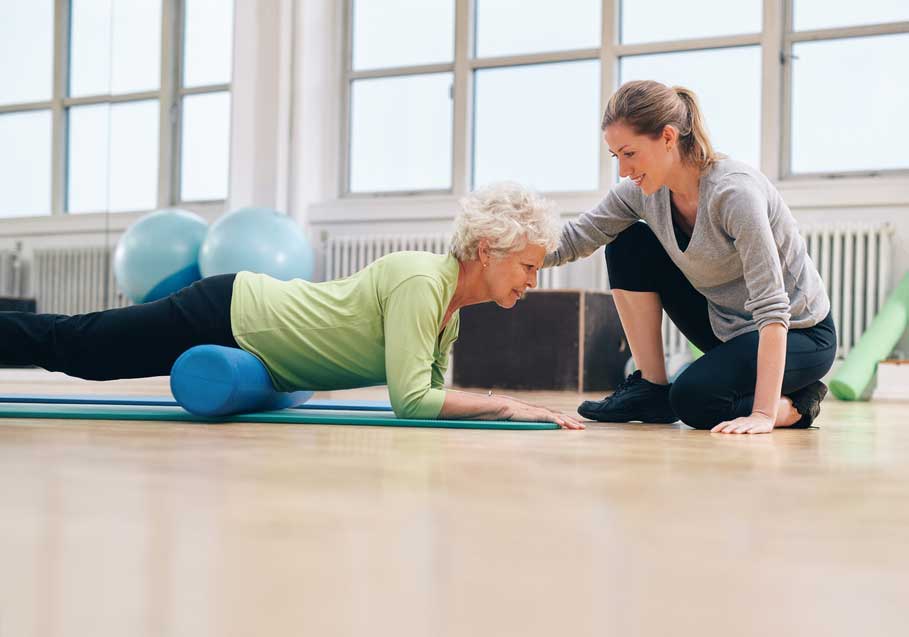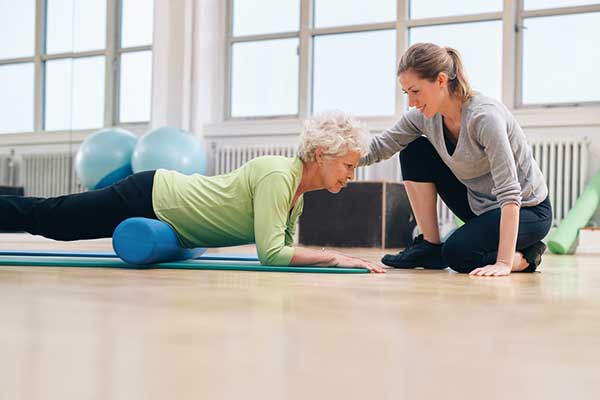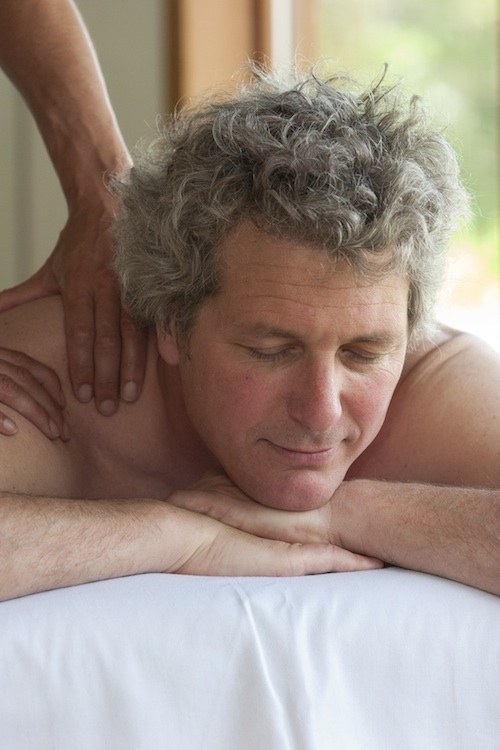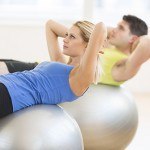Foam Rolling: Bona Fide or Passing Fad?

Ten years ago you’d be hard pressed to find a selection of foam rollers at your local gym. A two-foot-round piece of blue foam might have left some athletes, coaches and physiotherapists scratching their heads wondering exactly what it was to be used for.
Today, nearly every elite level training facility, physio clinic, and neighbourhood gym contains an array of foam rollers in varying lengths and consistencies. The question is, is foam rolling a legitimate therapeutic technique or a flash-in-the-pan?
What is a foam roller and how is it used?
A foam roller is a cylindrical piece of hard-celled foam, available in a range of shapes and sizes, that can be used as a self-massage tool. Athletes, gym-goers or patients can use a roller to administer pressure to sensitive areas in the muscles – whether it’s applying sweeping strokes to the long muscle groups like the calves, adductors and quadriceps or concentrating minute directed force to areas like the hip rotators, gluteus medius and tensor fascia latae, the muscle that attaches to the IT Band. Your therapist or trainer may call these sore areas “knots,” “trigger points,” or simply areas of increased muscle density. Regardless of the name, those in the fields of athletics and rehabilitation know that in order to improve performance, sore muscles need massaging.
What started the foam roller craze?
For years chiropractors and physical therapists working with elite athletes have focused on injury prevention and the treatment of muscles by using soft tissue mobilization (massage) and muscle activation and release techniques. Results spoke for themselves and soon it was mandatory that professional athletes have a team of muscle manipulators in their corner. Of course, not everyone is a professional athlete, or can afford a personal trainer, so the question arose: “How can I benefit from soft tissue massage at a reasonable cost?” Enter Mike Clark, physical therapist and CEO of the National Academy of Sports Medicine in the USA. He is credited by many for introducing the athletic and physical therapy communities to the foam roller and what he termed “self myofascial release.” Simply put, he convinced the masses to “self massage” by getting a foam roller and using your bodyweight to apply pressure to sore spots.
What are the major muscle areas that respond well to foam rolling?
• Gluteus Maximus and Hip Rotators: sitting on the roller with a slight tilt and moving from the iliac crest to the hip joint, addresses the gluteus maximus muscles. To concentrate on the hip rotators, the affected leg is crossed to place the hip rotator group on stretch.
• Tensor Fascia Latae and Gluteus Medius: Although small, these muscles are significant factors when experiencing anterior knee pain. To address the TFL, begin with the body prone and the edge of the roller placed over the TFL, just below the iliac crest. After working the TFL, turn ninety degrees to a side position and work from the hip joint to the iliac crest to address the gluteus medius.
• Adductors: the adductors are one of the most neglected areas of the lower body. The easiest method for working the adductors is a floor-based technique where you abduct the leg over the roller and place the roller at about a 60 degree angle to the leg. The rolling action should be done in three portions beginning just above the knee in the area of the vastus medialis and pes anserine. Ten short rolls should be done covering about one third the length of the femur. Next the roller should be moved to the mid-point of the adductor group and again rolled ten times in the middle third of the muscle. Lastly, the roller should be moved high into the groin, almost to the pubic symphysis.
Things to remember
-
Foam rolling can be hard work, particularly for weaker or overweight people, as the arms are heavily involved in moving the body.
-
Rolling can border on painful at first. If you feel a “sharp” or knife-like pain, however, stop immediately. Rest and then try again with lighter pressure.
-
Foam rollers are available in a number of densities from relatively soft foam, (slightly harder than a pool noodle), to newer high-density rollers with a much more solid feel.
-
The feel of the roller and the intensity of the self-massage work must be properly geared to the age, and fitness level of the client.
-
Good massage work, and correspondingly good self-massage work, may be uncomfortable, much like stretching.
-
It is important that you learn to distinguish between a moderate level of discomfort related to a trigger point and a potentially injurious situation.
-
Foam rolling should be used with discretion in those clients with less muscle density. And it should never cause bruising.
-
The reality is that you should feel better, not worse after using a foam roller.
If you have tight, sore muscles after your hike or workout, you might want to explore what a foam roller can do for you. They’re a small investment (prices start at $20) but can potentially decrease the number of soft tissue injuries one experiences.
Alternatively, join us at Mountain Trek where our staff will show you how to utilize a foam roller properly and set you on a path to overall wellness.
[fbcomments]












I vastly prefer the Fitball Body Therapy ball ( http://www.fitball.com/FitBALL-Body-Therapy-Small-Ball-Tension-Release-Program/productinfo/SET-FBBODY/ ) for rolling out muscles:
1. Balls let you roll out more muscles than rollers. With balls you can go directly from orbiting around the sitz bones to rolling out the piraformis. That may be possible for a Cirque du Soleil athlete to do that transitions on rollers, but it would be problematic for mere mortals.
2. Ball inflation can be changed rapidly with a Tandem Sports pocket volleyball pump (or you can simply maintain a second ball at a different inflation). This allows for harder/softer work based on the inflation — something you can’t do with foam rollers.
3. Balls are easy to pack when you travel. If you carry a hand pump, balls will pack down to a very small volume. If you count on having a foam roller at your destination hotel, you risk being disappointed and/or finding the public rollers are broken down or just plain gross/unsanitary.
4. Balls will find more uses than rollers. A partially-inflated ball may be just the ticket to make your seat more comfortable on an airplane. I regularly sleep with a Fitball just above my knees.
There are a variety of training programs using body-rolling balls. Fitball.com sells a great DVD produced years ago by Cheryl Soleway. Yamuna Zake has a set of videos, her own line of balls, and has trained movement specialists world-wide on her yamunabodyrolling.com technique. Eric Franklin sells rolling balls, videos, and imagery books at franklinmethod.com. Eric has also trained thousands of Pilates and other movement professions around the planet on his techniques. IMHO, I think that foam rollers are the stone-age approach to rolling out muscles; any of these lines provides a superior alternative. I’m happy with the fitball product for my personal usage.
No matter what you choose, these products will take a long time to master. I certainly felt incredibly awkward the first 10-12 times I tried rolling out muscles; I had the advantage of being near a studio that offered weekly group classes using the balls.